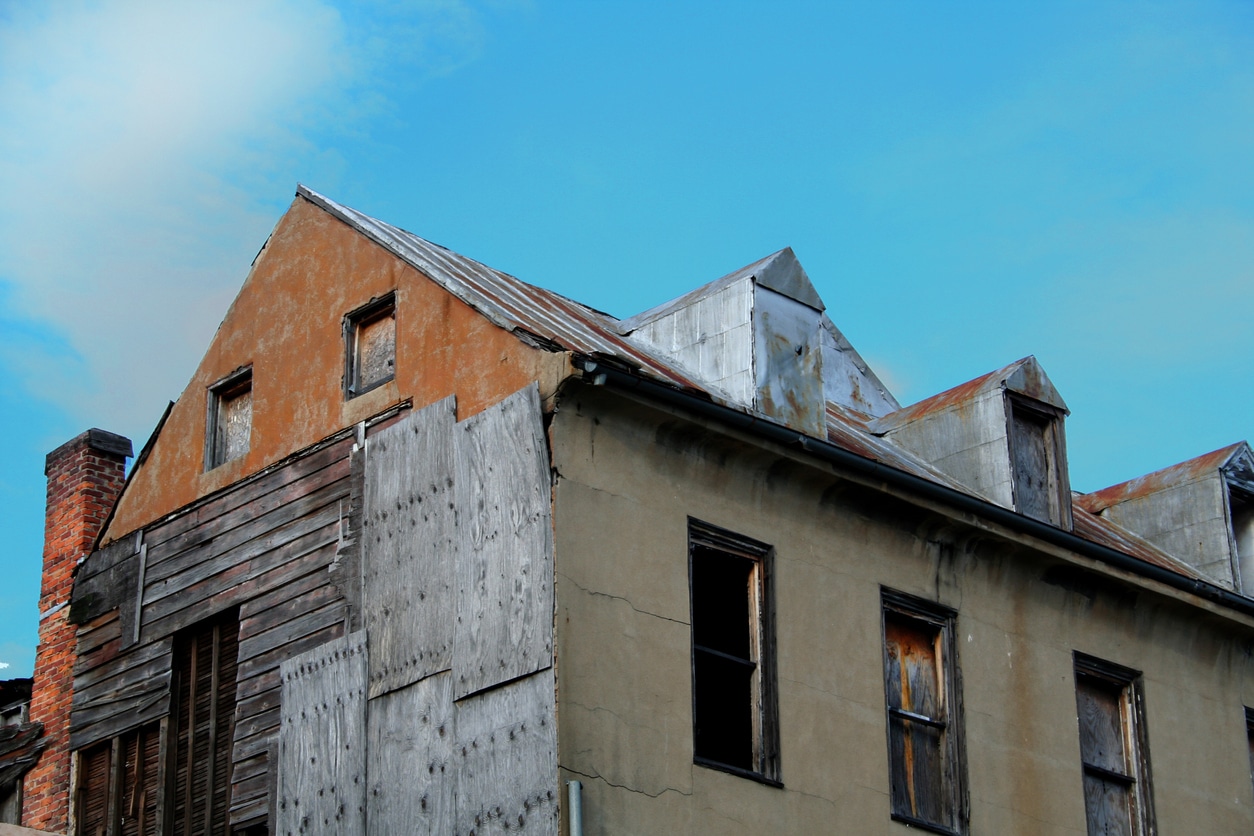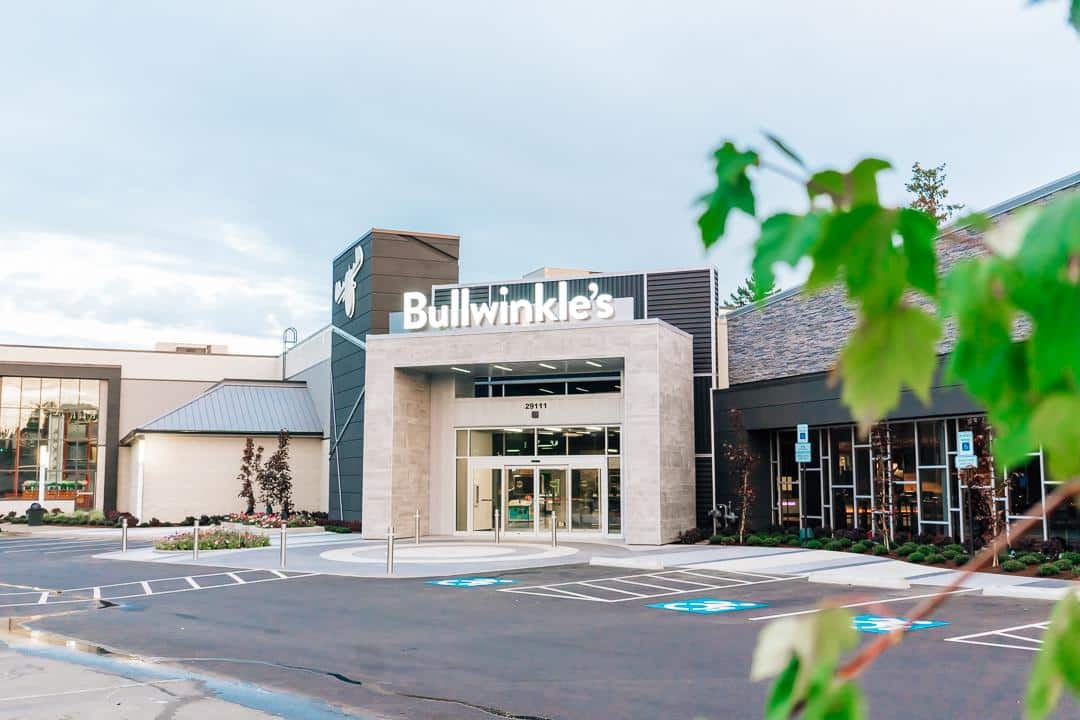How to Buy (and Remodel) a Fixer in Portland

Updated Jan. 2023.
There are many benefits to purchasing and remodeling a fixer home in Portland. One is the freedom to design your home according to your own taste and preferences. Or you might think of it as cutting out the middle man: by doing the repairs yourself, you could end up spending less than you would on a move-in-ready home.
But renovating a fixer-upper comes with its own set of complications. Some folks might be able to buy a home cheaply and then pay for out-of-pocket repairs, but that scenario is uncommon unless the repairs are minimal. In most cases, you will want to take out a construction loan in addition to your mortgage. Luckily, there are several programs that help to both streamline the process and ease the strain on your wallet at the same time.
What is a One-Time Close Construction or Rehab Loan?
Known as a single-close or rehab loan, a one-time close construction loan allows you to take out a loan to cover repair costs and combine it with your mortgage. So rather than take out two separate loans – and pay two separate closing costs – you can kill two birds with one stone.
Rather than doubling the complications of your home purchase process, one-time close loans essentially fold a construction loan into your traditional mortgage. You’ll have one application, one closing date, and a defined set of parameters for the life of the loan. And as The Balance succinctly puts, a single-close loan gives you more security than you’d get with a separate construction or rehab loan.
There are two main types of one-time close loans that are securely backed by the Federal Housing Authority: the FHA 203(k) and Fannie Mae’s HomeStyle loans. Designed for customers who want to buy and renovate at once, these loans provide federally-backed funding to expand the possibilities of home ownership. Let’s take a look at how each of them works and what they can do for you.
FHA 203(k) Rehab Loan
The 203(k) loan is a mortgage meant to encourage home ownership for buyers who might not otherwise be able to afford the cost of both buying and renovating a property. FHA loans value inclusivity, requiring both lower down payments and credit scores. Right now the minimum down payment for an FHA loan is 3.5%, and the minimum credit score is 500 (with a down payment of 10%).
How much of the cost of renovation you can secure through the 203(k) loan will depend to an extent on what the lending institution approves, but the cost must be at least $5,000. There is a maximum for how much you can borrow according to the value of the home, based on local data. You can borrow based on the home value pre-rehab plus the cost of rehabilitation, or up to 110 percent of the property value after rehabilitation, whichever is less. As of November 2022, the cap for FHA loans in the Portland Metro area is $672,750 for a single family home. Their calculator can help you figure out what is available for you.
There are limitations that come with the 203(k) loan. Your interest rate will likely be at least slightly over the average, and you’ll also pay mortgage insurance. And while a wide range of repairs are available, the lender also retains more control over the repairs that are allowed. The mortgagee (the bank) is in control of choosing the consultant that approves the repairs. You’re also prohibited from performing the work yourself (or having your handyman buddy take care of it). And any luxury upgrades are out. We should also note that these loans are not for investment properties – no flipping or renting.
Fannie Mae HomeStyle Loan
If it was discouraging to learn that the 203(k) loan won’t cover luxury upgrades, we have good news. FHA lender Fannie Mae’s HomeStyle Renovation offers more versatility. This loan works in a very similar fashion: the cost of renovation is rolled into your traditional mortgage so you have only one payment and enjoy a streamlined buying experience. And HomeStyle also comes with fewer restrictions than a 203(k) loan.
There aren’t constraints on the types of projects that can be done with HomeStyle Renovation loans. You want to put in that pool, and can afford it? Go for it. Fannie Mae also does not require that contractors be chosen from a pre-approved list, leaving you free to choose whomever you’d like to hire for your project. However these loans only apply to renovations and exclude comprehensive gutting and rebuilding projects. So as long as your project is not a complete tear-down, the HomeStyle loan might be the right choice for you.
Last year, the percentage you can borrow with HomeStyle Renovation increased to 97% of the completed value of the home. The amount you are allowed to borrow for renovation costs is not as limited as with a 203(k) loan, at the lesser of 75% of the purchase plus cost of renovation or 75% of the value after completion. This gives the buyer more flexibility to work with a property in need of serious repairs without limitations, unlike the loan cap of the 203(k). Of course, bank approval always comes into play.
HomeStyle Energy Loan
We’d be remiss if we didn’t mention HomeStyle Energy, a type of Energy Efficient Mortgage (EEM) which encourages new home buyers to make energy efficient upgrades. As an added benefit, these upgrades lower utility costs and improve home safety. So the appeal of such a loan is that the cost savings of lower utility bills are calculated into a borrower’s financing terms, which can often help the borrower to qualify for a higher loan amount. HomeStyle Energy provides extra funds for upgrades like solar panels, geothermal and wind energy, and earthquake retrofitting. And starting in January, HomeStyle Renovation loans with ENERGY STAR®-certified improvements can be combined with HomeStyle Energy to qualify for a $500 LLPA credit. Energy efficient homes are becoming increasingly desirable in the Portland area, leading to Home Energy Scores emerging as an industry standard. Learn more here.
Finding the Right Portland Fixer for Sale
Our VestorFilter™ powered home search site has a “smart fixer list” overlay that you can easily apply to your home search. This smart fixer list looks for keywords in the home’s descriptions and targeted MLS checkboxes to compile a list of true fixers to browse. Combine this with the rest of the incredible statistical data VestorFilter™ provides on each home, and you’ll be able to zero in on the perfect Portland fixer home for you. Try it out today.
Single-Close or Rehab Loans: Pros and Cons
Like any other type of loan, single-close loans come with their own benefits and drawbacks. Let’s take a look at how they fare in each category.
Pros of Single-Close Loans:
- Low down payment: 3.5-10% for 203(k); 3-5% for HomeStyle
- Accept lower credit scores
- Encourage home ownership by making construction loans more accessible
- Bundle your construction loan with your mortgage into a single closing with only one monthly payment
Cons of Single-Close Loans:
- For 203(k), the lender has more control than the buyer over renovations
- Not all improvement projects are eligible, especially for 203(k) loans
- They have higher interest rates in general
- Renovations could end up being more costly than projected
If you’re a first time home buyer in need of some extra funding, or a go-getter ready to dive in on a project, buying a fixer may be a great opportunity. And single-close loans provide a way to both decrease your paperwork and increase your financial health as you renovate your new home.
With that said, if you are not ready to navigate buying and renovating a home at the same time, there is still good reason to consider a conventional mortgage. Should you decide to take on a remodeling project in the future, applying for two separate loans may allow you to secure lower interest rates on the individual loans. This may be appealing in contrast to single-close loans, which tend to trade the convenience of a combined loan for slightly higher rates.
The Best Time to Buy a Fixer in Portland
Prices have been on the rise over the past year, but projections of steadying prices and inventory in the new year may benefit home buyers. Particularly within Portland proper, prices are expected to continue dropping while increasing slightly in the suburbs, so now is a good time to begin the search for your ideal Portland home. Starting to narrow your preferences now provides the added benefit of helping you to be prepared in the fall, when price drops are inevitable. Keep an eye on our market forecast for 2023 for guidance on the best time to make your next move. But of course the most effective way to navigate the subtleties of market fluctuations is to work with a qualified agent. Our top 1% buyers agents are ready to guide you through the Portland real estate market to discover the best fixer home for you.


